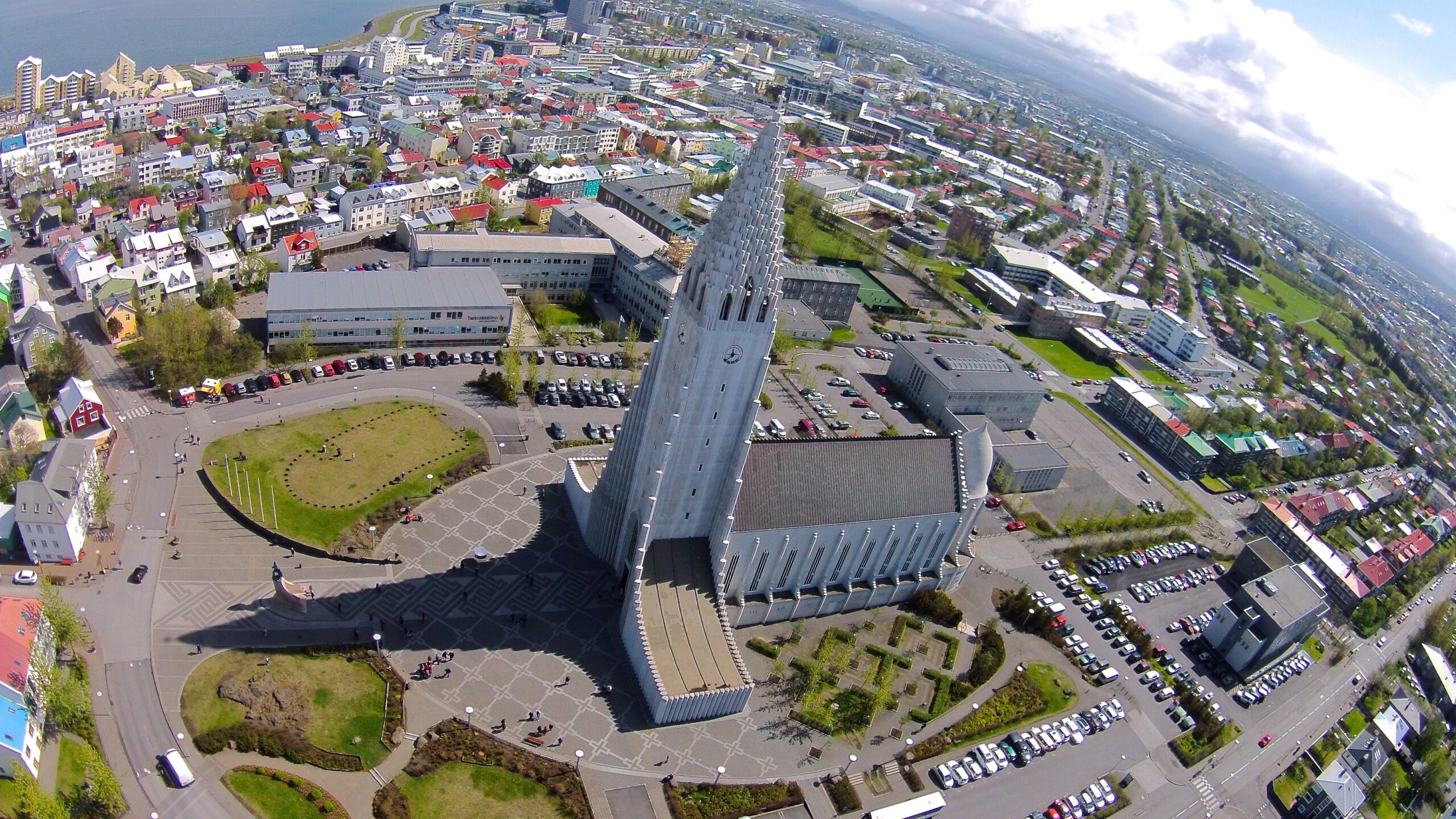The Council of the CPCE agreed to admit the Evangelical Lutheran Church of Iceland (Thjodkirkja) as a member church – a very warm welcome to the Islandic church! Here is a short introduction:
History
After the Christianisation of Iceland around the year 1000, the country had two Bishops: Skálholt in the south and Hólar in the north of the island. The Reformation took hold in 1550. The Evangelical Lutheran Church of Iceland is the country’s national church (“Þjóðkirkjan”), encompassing approximately 70 percent of the population with roughly 231,000 members. The process of separating the church from the state was instigated by parliamentary decree in 1997 and then expanded in 2020. Its constitutionally enshrined national status reserves an eminent role for the Evangelical Lutheran Church of Iceland in the state and society, for instance in traditional ceremonies such as the annual opening of parliament and the inauguration of a new President.
Relations with the CPCE
For many years, the Evangelical Lutheran Church of Iceland was one of the “participating” churches of the Leuenberg Fellowship who were however not signatories to the Leuenberg Agreement – in this case, partly due to the lack of other Protestant churches in Iceland. With the advancing pluralisation process in Iceland, the separation of the state and the church and its many international church connections, intensive discussion of membership of the CPCE commenced in 2017, and the Leuenberg Agreement was translated into Icelandic. Following the agreement of the key commissions and body of ministers, in November 2019 the synod decided to seek full membership in the CPCE. The Leuenberg Agreement has been the subject of thorough theological scrutiny, particularly by Kristján Valur Ingólfsson, the Bishop emeritus of Skálholt.
Der Rat der GEKE stimmte der Aufnahme der Evangelisch-Lutherischen Lirche Islands (Thjodkirkja) als Mitgliedskirche zu – herzlich willkommen! Hier eine kurze Vorstellung:
Geschichte
Nach der Christianisierung Islands um das Jahr 1000 gab es zwei Bistümer: Skálholt im Süden und Hólar im Norden der Insel. Die Reformation wurde 1550 eingeführt. Die Evangelisch-Lutherische Kirche Islands ist die Nationalkirche („Þjóðkirkjan“) Islands, zu der etwa 70 Prozent der isländischen Bevölkerung gehören, sie hat damit gut 231 000 Mitglieder. Im Jahr 1997 wurde durch einen Parlamentsbeschluss die Trennung von Kirche und Staat eingeleitet und 2020 erweitert. Durch den konstitutionell verankerten Status als Nationalkirche spielt die Evangelisch-Lutherische Kirche Islands weiterhin eine bedeutende Rolle in Staat und Gesellschaft, etwa bei traditionellen Zeremonien wie der jährlichen Eröffnung des Parlaments oder der Einführung eines/einer neuen Präsidenten/Präsidentin.
Beziehungen zur GEKE
Über lange Jahre war die Evangelisch-Lutherische Kirche Islands eine sog. beteiligte Kirche der Leuenberger Kirchengemeinschaft, die die Leuenberger Konkordie jedoch nicht unterschrieben hatte, u.a. weil es mangels anderer evangelischer Kirchen in Island die Notwendigkeit nicht stellte.Im Zuge der zunehmenden Pluralisierung in Island, der Trennung von Staat und Kirche sowie vieler internationaler Verbindungen der Kirche, wurde der Beitritt zur GEKE ab 2017 intensiv diskutiert. Dabei wurde die Leuenberger Konkordie ins Isländische übersetzt. Nach der Zustimmung der einschlägigen Kommissionen sowie der Pfarrerschaft, entschied die Synode im November 2019, die Vollmitgliedschaft in der GEKE anzustreben. Die gründliche theologische Auseinandersetzung mit der Leuenberger Konkordie wurde insbesondere von Kristján Valur Ingólfsson, dem ehemaligen Bischof von Skálholt vorangetrieben.
Link zur Thjodkirkja
Photo (Thjodkirkja): Hallgrimskirkja Reykjavik
